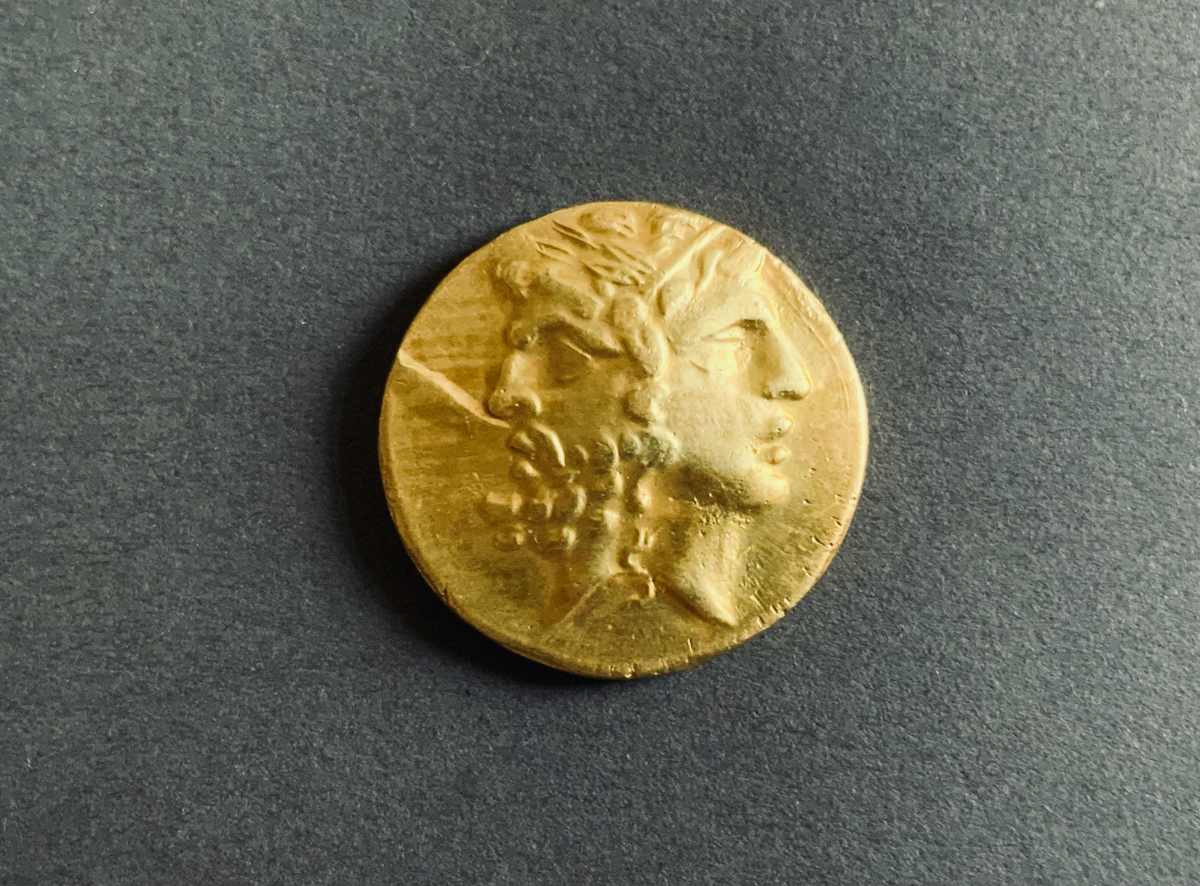Archaeologists Uncover Rare, 1,200-Year-Old Gold Coins in a Cracked Vessel, Suspecting It Held a Famed Potter’s Treasure
Similar to traditional Hanukkah gelt, we find that coins, which have a foil covering and are made of chocolate, hail from the ninth century, a time when Islamic dynasty governed Israel.

These gold dinars originated from the Aghlabid dynasty, which governed North Africa, specifically in what is now modern Tunisia, as representatives of the Abbasid Caliphate in Baghdad.
The coins were discovered in a small, broken jug close to an ancient pottery oven in Yavne. This site seems to have been a major hub for pottery production between the seventh and ninth centuries, as reported by Live Science. The container where the coins were found was made of ceramic material, leading experts to believe it was used for storing food and supplies, based on common practices from that era. Interestingly, the jug’s condition suggests it might have belonged to a potter, possibly even serving as a personal savings container, much like a “piggy bank.”
During an extensive archaeological dig to pave the way for a new neighborhood, a significant archaeological find was uncovered in the city. “I was in the middle of organizing a large collection of artifacts we discovered during the excavation when I suddenly heard people exclaiming with excitement,” recalled Liat Nadav-Ziv, the co-director of the excavation, with a look of nostalgia. “I rushed over to join the commotion and found Marc Molkondov, an experienced archaeologist with the Israel Antiquities Authority, hurrying towards me with obvious enthusiasm. We quickly followed him to the site, where we were astonished by what we saw there.”

“This is certainly a groundbreaking discovery, especially during the holiday of Chanukah,” said Liat Nadav-Ziv. Archaeologists have discovered many ancient structures, including a winery from the Persian period at the site, Live Science reported. Researchers observed that the number of wine vats at the winery exceeded the consumption needs of the local population in the region from the fourth to the fifth century B.C. This led the team to conclude that the site was not only a center for pottery production, but also a thriving industry for wine production.
